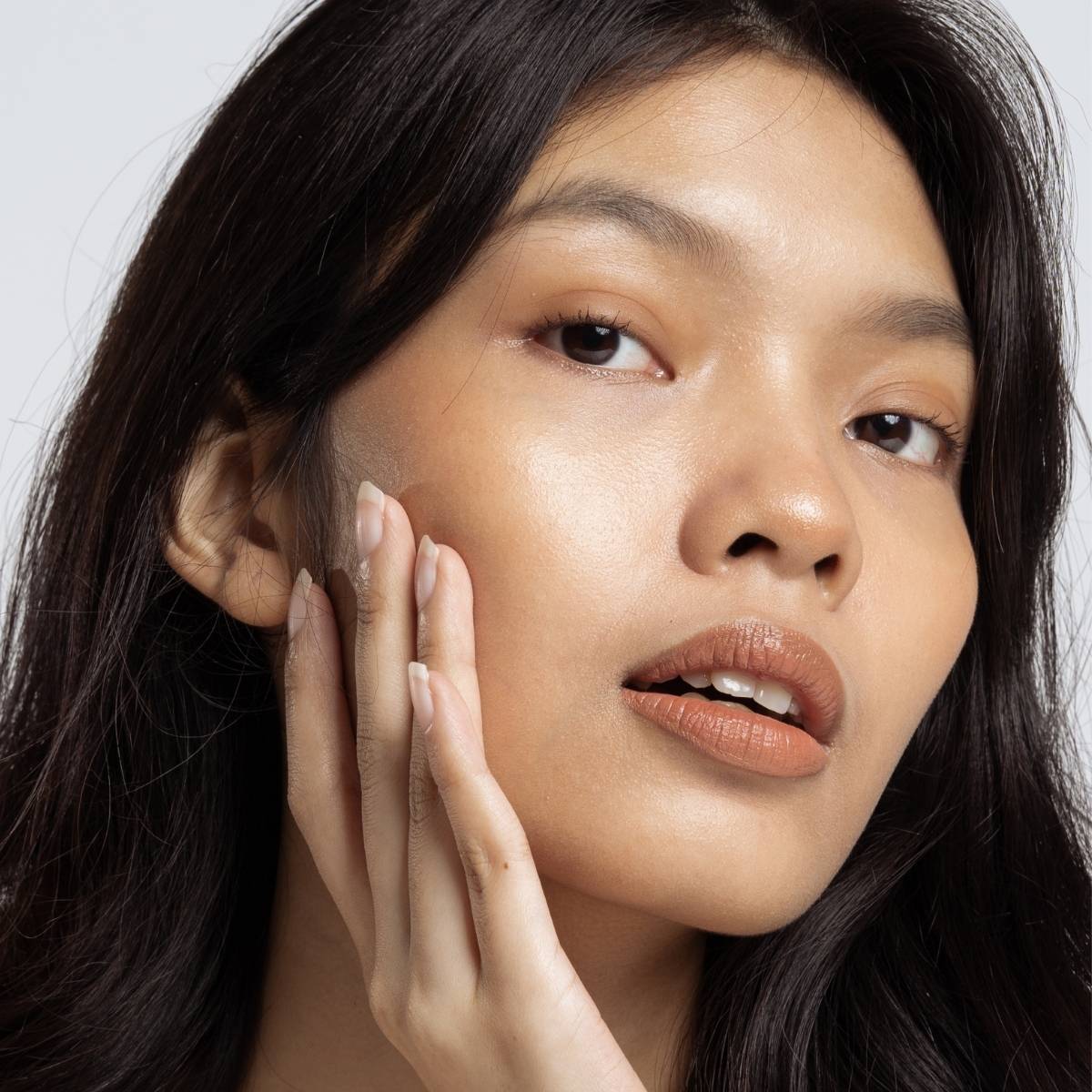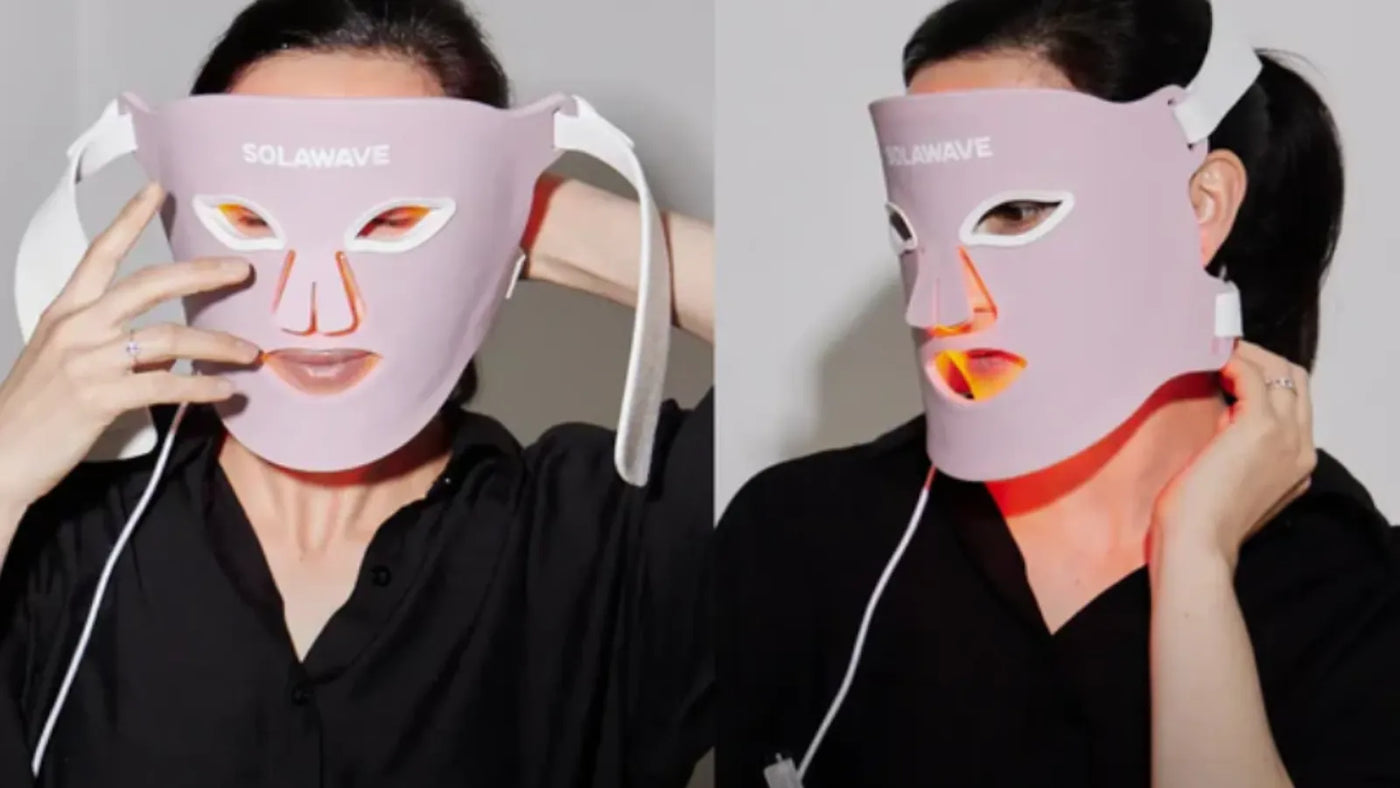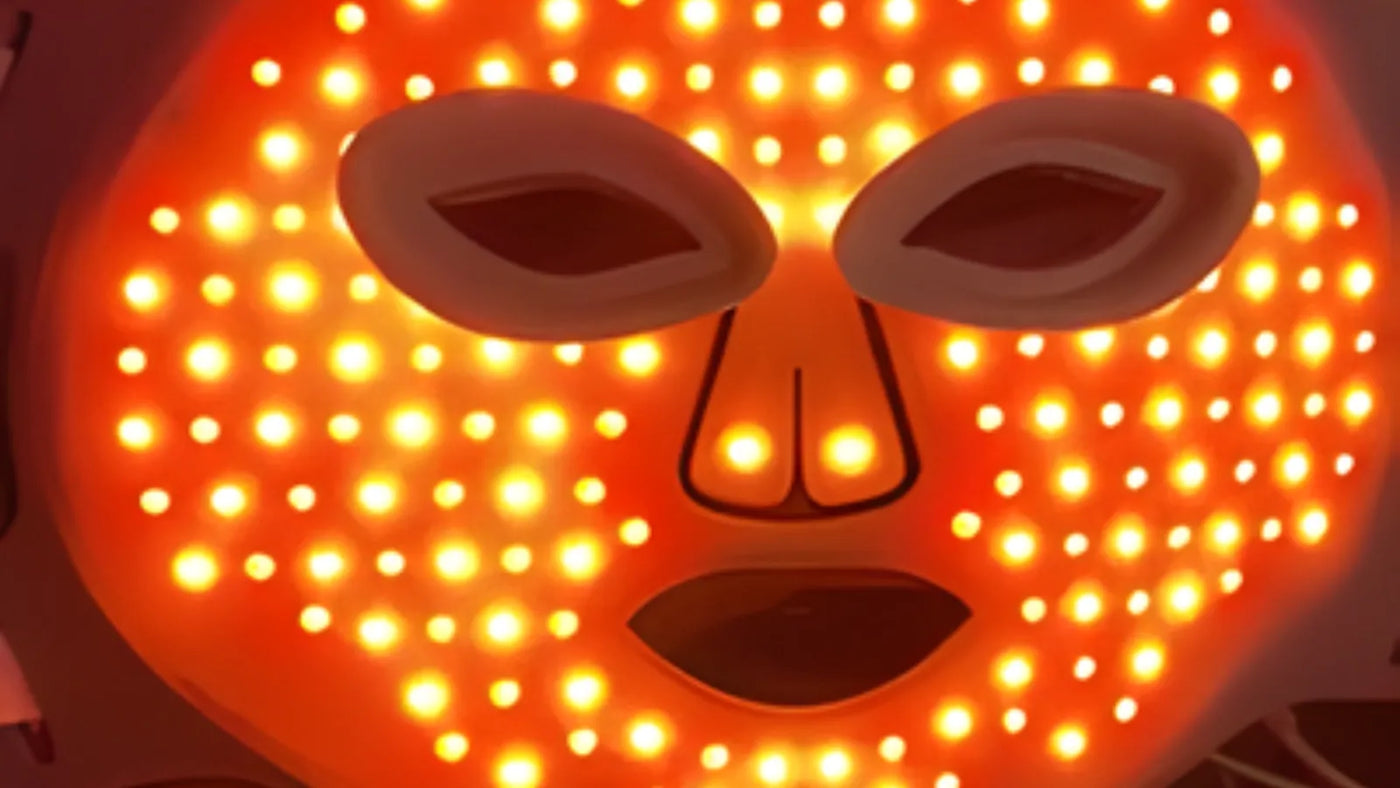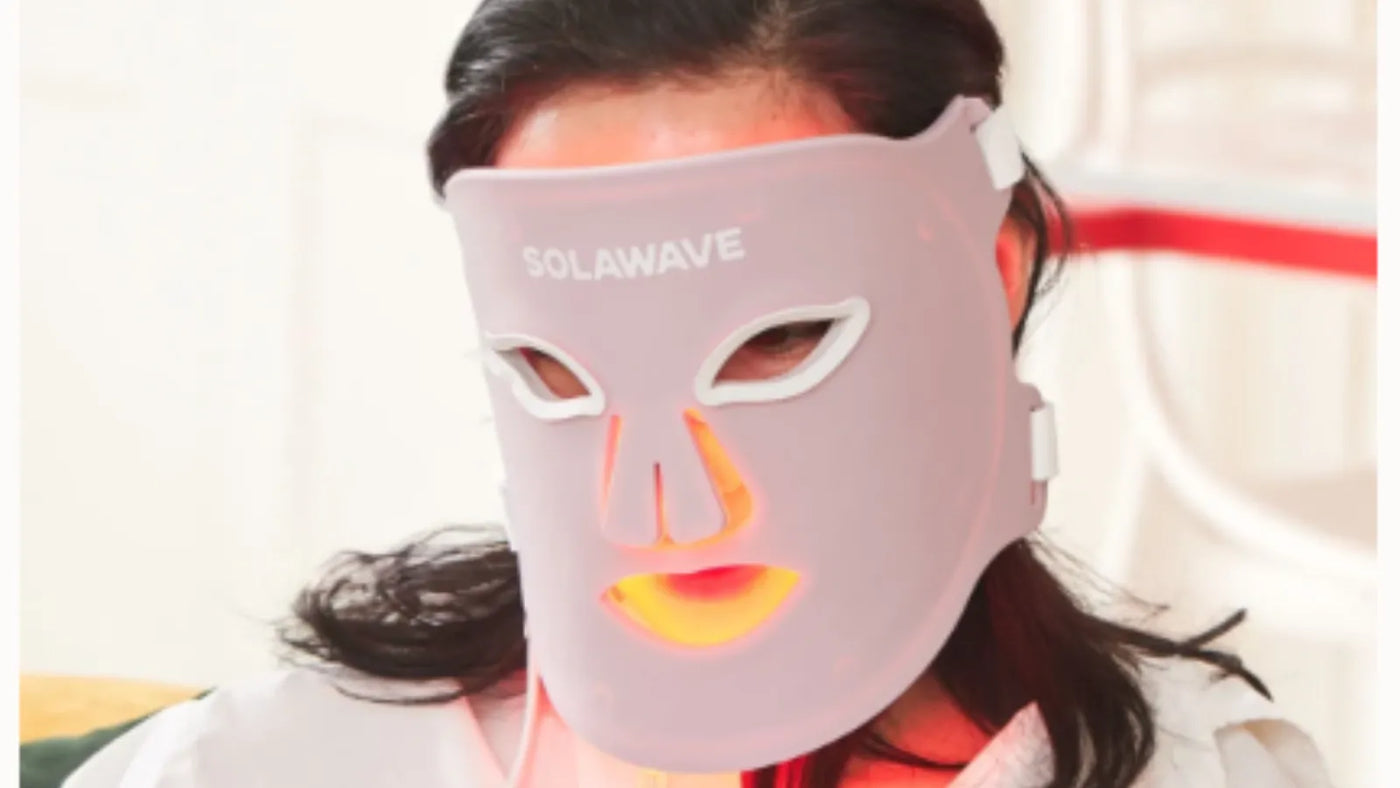

What Is Acne and How You Can Reduce The Appearance Of Acne Step By Step
If dealing with persistent pimples has left you feeling discouraged, know that you're not alone. Many of us ask, "What is acne, and why does it keep coming back?" With so many products and potential causes of acne to navigate, it’s easy to feel lost, especially when all you want is healthy, clear skin. This guide demystifies the process, walking you through proven acne treatment options and prevention strategies. Learn about the different types of acne, how to build effective skincare routines for acne-prone skin, and take the first steps toward confidence and clarity.
What is Acne?
Acne occurs when hair follicles become blocked with oil and dead skin cells, leading to the formation of pimples, blackheads, whiteheads, or, in more severe cases, cysts and nodules. While often linked to teenage years, acne is a common skin challenge for people of all ages. It’s not as simple as poor hygiene; acne is influenced by complex factors, including hormones, genetics, stress, and inflammation. To effectively manage acne and achieve clearer skin, understanding its root causes, such as excess sebum production and clogged pores, is vital. Different types of acne require tailored approaches, making proper identification essential for success.
Why is Acne Important?
Tackling acne matters for more than just cosmetic reasons. While visible pimples can deeply impact confidence and self-esteem, untreated acne can also result in lasting skin concerns. Prolonged inflammation may lead to post-inflammatory hyperpigmentation (dark spots) or even permanent scarring. Severe cases might signal underlying issues like hormonal imbalance. Addressing acne breakouts and skin inflammation promptly is key not only to achieving clearer skin but also to reducing the risk of long-term damage. Early and consistent interventions pave the way to healthier skin and overall well-being.
How To Reduce The Appearance Of Acne Step By Step
Step 1: Gently Cleanse Your Face
Use a gentle cleanser twice daily, once in the morning and again before bed. Avoid harsh soaps or scrubs, as they can aggravate skin and worsen inflammation. Choose a cleanser designed for acne-prone skin, often formulated with salicylic acid or benzoyl peroxide. Cleanse with lukewarm water, then pat your face dry using a clean towel. This step removes dirt, oil, and makeup without stripping vital moisture.
Step 2: Exfoliate Regularly
Exfoliation clears away dead skin cells that can block pores. Aim to exfoliate one to two times per week with a gentle chemical exfoliant, such as AHA (alpha hydroxy acid) or BHA (beta hydroxy acid). Avoid physical scrubs, as they can damage skin and increase irritation. BHA, like salicylic acid, is particularly effective for acne because it penetrates pores to dissolve trapped oil and debris. Introduce exfoliation gradually to monitor your skin’s tolerance.
Step 3: Incorporate Blue Light Therapy Sessions
Incorporate a Blue Light Therapy session using the Solawave Bye Acne Pro Kit. This kit includes a targeted blue light therapy device designed to help reduce the appearance of pimples and support clearer skin. For added benefits, use the included Microdart Patches powered by the signature LightBoost™ Complex. These patches deeply hydrate and visibly smooth your skin, featuring ingredients like green tea to help calm and soothe, gotu kola and madecassoside to reduce the look of redness, and niacinamide to help even out your skin tone.
Step 4: Apply Acne Treatment
After cleansing, exfoliating, and your Blue Light Therapy session, apply targeted acne treatments containing active ingredients like benzoyl peroxide, salicylic acid, or retinoids. These ingredients reduce inflammation, eliminate bacteria, and help prevent new pimples. Start with lower concentrations to minimize irritation, especially with retinoids. Always pair retinoid treatments with sunscreen, as they increase sensitivity to sunlight.
Step 5: Moisturize Your Skin
Even if your skin is oily, moisturizing remains a crucial step. Acne treatments can dry out your skin, so replenishing hydration is necessary to maintain your skin barrier and prevent irritation. Opt for a lightweight, oil-free, non-comedogenic moisturizer. Ingredients such as hyaluronic acid or glycerin work effectively to lock in moisture. Hydrated skin is better equipped to resist future acne flare-ups.
Step 6: Protect with Sunscreen
Protect your skin from sun exposure, which can exacerbate acne and leave behind dark spots. Choose a broad-spectrum sunscreen with SPF 30 or higher, and apply it daily—even on overcast days. Non-comedogenic, oil-free formulas are ideal for preventing clogged pores. Sunscreen is especially important if you’re using acne treatments that heighten sun sensitivity.
How Long Will It Take To See Results From Acne Treatment?
Achieving noticeable improvement from acne treatments takes commitment and patience. There is no instant solution. For mild acne, changes may start to appear within 4 to 6 weeks of consistent use of over-the-counter treatments. Moderate to severe acne often requires 8 to 12 weeks, or longer, to show significant progress. Factors such as the severity of your acne, your skin type, and the treatment products all contribute to the timeline. Don’t feel discouraged by slow progress; instead, stay committed to your skincare routine, and consider consulting a dermatologist or medical professional for personalized guidance.
What Products Do You Need For An Effective Acne Skincare Routine?
A focused skincare routine doesn’t need to include dozens of products. Essential items include a gentle cleanser, a pore-clearing exfoliant, and an acne treatment featuring benzoyl peroxide, salicylic acid, or retinoids. A lightweight, oil-free moisturizer keeps your skin hydrated without clogging pores, while daily sunscreen protects against sun damage. Introduce new products gradually and one at a time to ensure they suit your skin and minimize potential irritation.
Why Is My Acne Not Improving With Over-The-Counter Treatments?
If OTC treatments haven’t been effective after consistent use, there could be multiple explanations. Your acne may require stronger, prescription-grade options or could be linked to undiagnosed hormonal imbalances. Missteps in your current skincare routine, such as over-cleansing or combining incompatible products, could also be factors. Consult a dermatologist to pinpoint underlying causes and explore more advanced treatment strategies tailored to your needs.
Are There Natural Remedies That Can Reduce Acne?
While not replacements for scientifically validated treatments, some natural remedies may help calm acne-prone skin. Tea tree oil, known for its antibacterial properties, can reduce pimple development. Aloe vera soothes irritation and aids healing, while Manuka honey provides anti-inflammatory and antibacterial benefits. Before trying any natural remedy, perform a patch test to rule out irritation or allergic reactions. Consulting a dermatologist ensures you complement natural remedies with an effective overall skincare strategy.
How Does Acne Treatment Differ For Varying Skin Types?
Every skin type requires a customized acne treatment approach. Those with oily skin can often tolerate stronger ingredients, such as benzoyl peroxide and salicylic acid. Individuals with dry skin should focus on gentle, hydrating treatments to avoid excessive dryness. Sensitive skin benefits from soothing ingredients like aloe vera while avoiding harsh chemicals. Combination skin demands a balanced approach, addressing oily zones more directly while hydrating drier areas. Identifying your skin type is essential to selecting the right acne treatment.
What Advanced Acne Treatments Are Available From Dermatologists?
For persistent or severe acne, dermatologists offer an array of advanced options. Chemical peels and microdermabrasion remove skin buildup and reduce inflammation, while corticosteroid injections can quickly calm large, inflamed cysts. Oral antibiotics help manage acne-causing bacteria. Isotretinoin (Accutane) is a potent solution for severe acne but requires diligent monitoring. Laser and Light Therapies target bacteria and inflammation to improve appearance. A consultation with a dermatologist or medical professional is essential to determine the best course of action for your needs.
Common Mistakes To Avoid When Preventing Acne
-
Touching Your Face Frequently: This transfers dirt and bacteria, which can lead to clogged pores and new pimples.
-
Not Changing Pillowcases Regularly: Dirty pillowcases accumulate oil and dead skin cells, contributing to breakouts.
-
Using Harsh Skincare Products: Overly harsh products strip natural oils, prompting skin to overproduce sebum.
-
Picking At Pimples: This spreads bacteria, increases inflammation, and risks permanent scarring.
-
Not Wearing Sunscreen: Sun exposure worsens inflammation and causes lingering dark spots.
Conclusion
Understanding acne equips you to take charge of your skincare routine and overall confidence. By adopting a consistent regimen featuring gentle cleansing, exfoliation, and targeted acne treatments, you pave the way for healthier-looking skin. Prioritizing these steps ensures lasting improvements that allow your natural radiance to shine.
Disclaimer: This article is intended for informational purposes only and should not be interpreted as medical advice or guidance. Always seek medical advice and care from a trusted healthcare professional.
Sources:
Dry Skin and Acne: Common Causes and Treatments
Can Tea Tree Oil Help Get Rid of Acne?






















